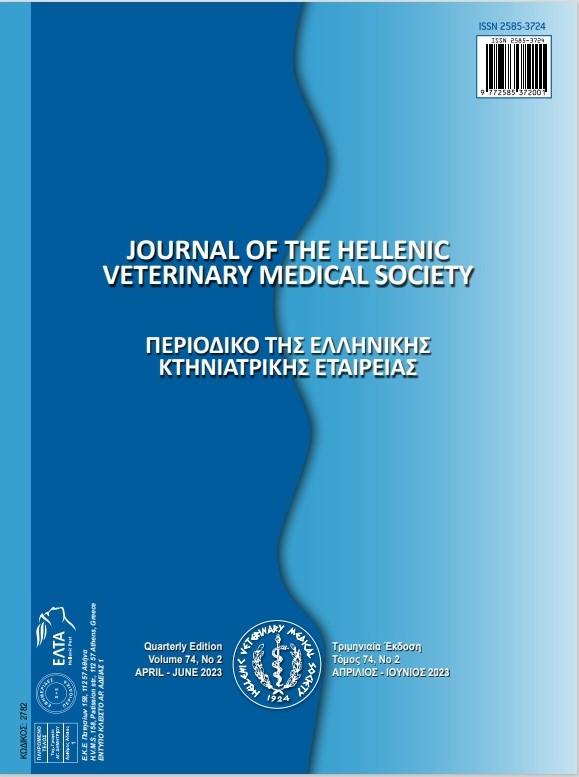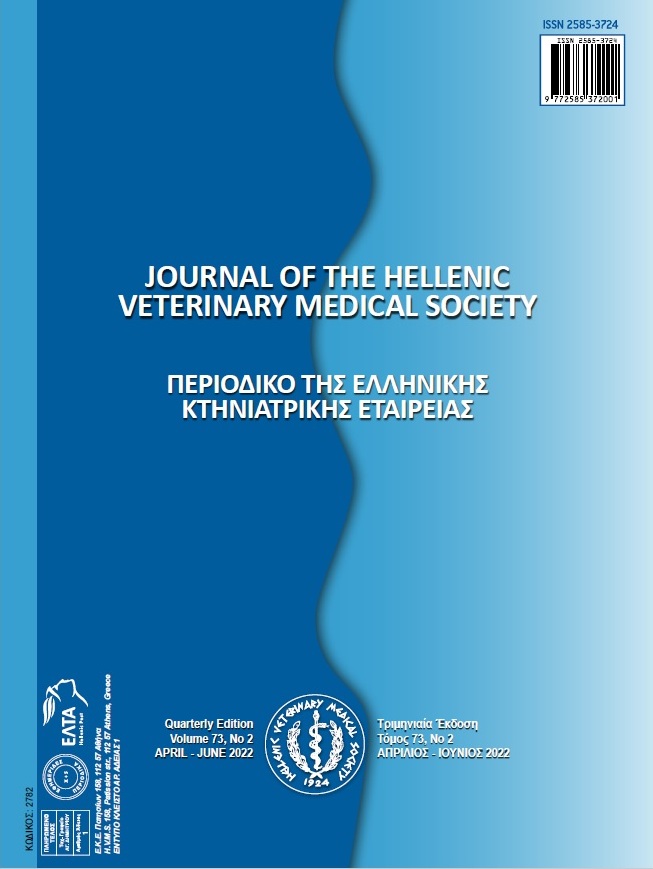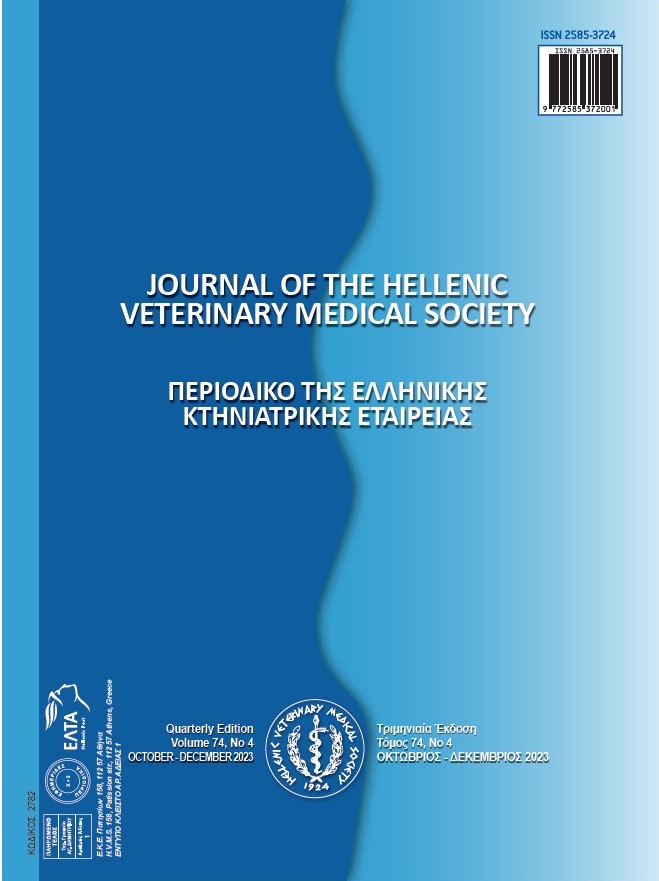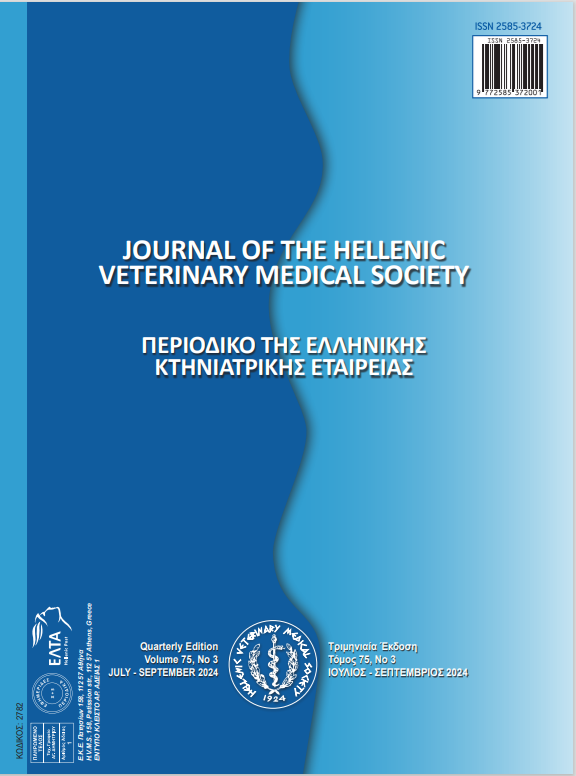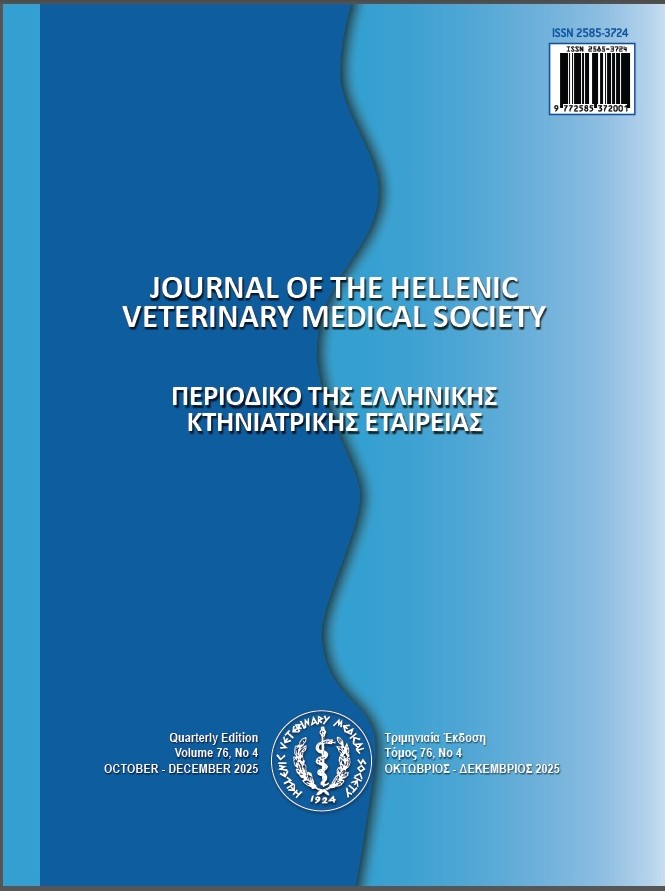Milk yield, quality, udder traits and lamb growth in Lalahan sheep, a new crossbred genotype
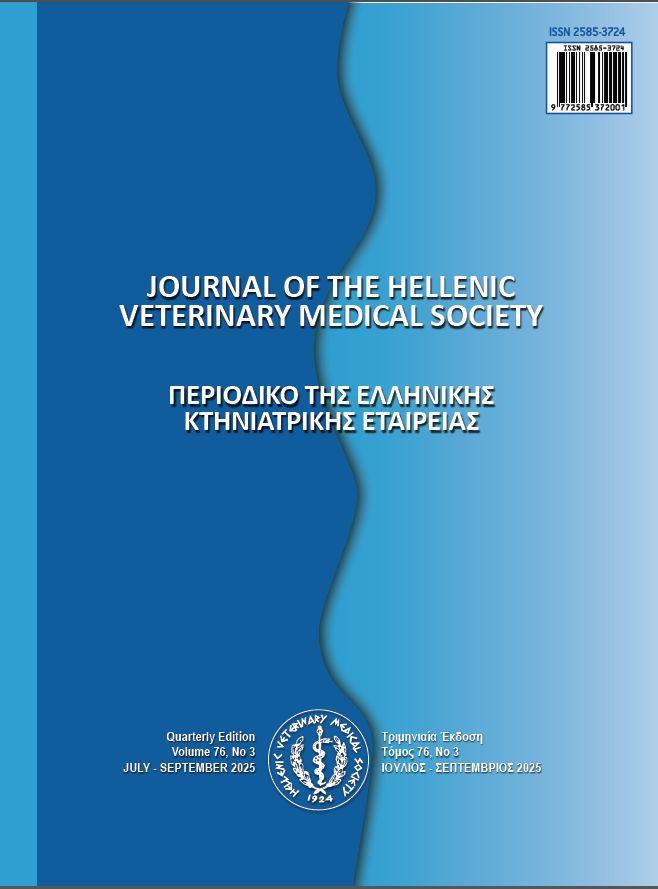
Abstract
The Lalahan sheep is a new genotype developed to suit the steppe conditions of lamb production in Turkey. It is important to determine the milk yield and quality of this new genotype to produce high-quality lamb meat. Additionally, the ewes can also be utilized for milk production under steppe conditions. This study evaluated the milk yield, milk quality, udder characteristics, and lamb growth of the Lalahan genotype. Milk yield traits were assessed based on lactation number (LN) and lactation month (LM). The lambs were divided into two groups during the suckling period: the maternal milk feeding group (M) and the maternal milk with creep feeding group (CF). The daily milk yield for ewes with LN 1, 2 and 3 was 0.406±0.02, 0.560±0.05 and 0.446±0.02 kg, respectively (P<0.001). Similarly, the lactation milk yield for the same groups was 61.19±3.14, 83.49±7.47 and 65.39±3.73 kg, respectively (P<0.001). The udder characteristics showed significant differences (P<0.01, P<0.001) with LM. Milk's chemical composition, including fat, protein, lactose, and dry matter, changed significantly (P<0.05, P<0.01, P<0.001) due to LN and LM. Most of the fatty acids did not differ significantly among the LN, but they generally differed significantly (P<0.05, P<0.01, P<0.001) due to the LM. Half of the total fatty acids were composed of C16:0 + C18:1 acids, and the mean UFA ratio was 23.70±0.31% throughout lactation. The levels of PUFA, w3, and w6 gradually increased throughout lactation (P<0.001). Except for 180 days (P<0.001), there were no significant differences (P>0.05) in the growth performance of the lambs during the suckling period between the M and CF groups. As a result, the study revealed that the milk yield of Lalahan sheep is comparable to that of local meat-type sheep breeds. Their udder type is suitable for machine milking and milk quality is comparable in terms of fatty acids and milk constituents.
Article Details
- How to Cite
-
Senyuz, H., Ergiden, Y., Yildirim, Ç, Parildar, ÖO, Coner, F., Firdolaş, S., Coşkun, M., Odabaş, E., Mizrak, F., Zengin, Y., Erol, H., Kara, K., & Ünal, N. (2025). Milk yield, quality, udder traits and lamb growth in Lalahan sheep, a new crossbred genotype. Journal of the Hellenic Veterinary Medical Society, 76(3), 9617–9630. https://doi.org/10.12681/jhvms.39419
- Issue
- Vol. 76 No. 3 (2025)
- Section
- Research Articles

This work is licensed under a Creative Commons Attribution-NonCommercial 4.0 International License.
Authors who publish with this journal agree to the following terms:
· Authors retain copyright and grant the journal right of first publication with the work simultaneously licensed under a Creative Commons Attribution Non-Commercial License that allows others to share the work with an acknowledgement of the work's authorship and initial publication in this journal.
· Authors are able to enter into separate, additional contractual arrangements for the non-exclusive distribution of the journal's published version of the work (e.g. post it to an institutional repository or publish it in a book), with an acknowledgement of its initial publication in this journal.
· Authors are permitted and encouraged to post their work online (preferably in institutional repositories or on their website) prior to and during the submission process, as it can lead to productive exchanges, as well as earlier and greater citation of published work.



